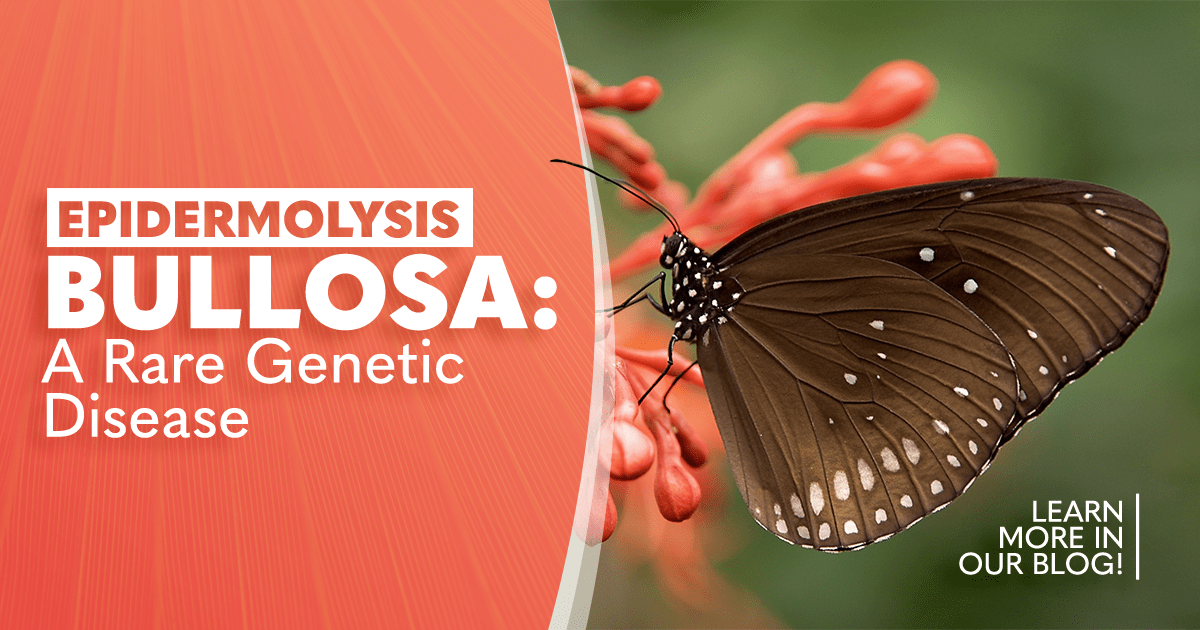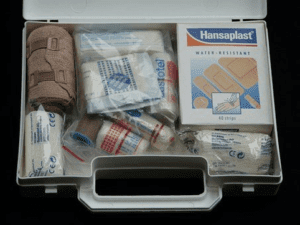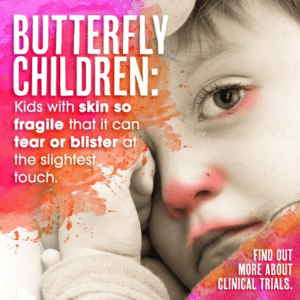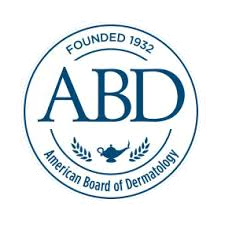Remember when you were a kid, and you were told not to touch a butterfly’s wings? If we did, it was believed they would never fly again due to the fragility of their wings. Children with Epidermolysis Bullosa (EB) are often called “butterfly children” because they have extremely fragile skin. There are different classifications of EB, and each carries the potential for complications from infections and disfigurement. Hope is on the horizon for individuals with EB through clinical research. Read on to learn more about it and what you can do to help.
Epidermolysis Bullosa
Epidermolysis Bullosa defines the name for a group of diseases that cause a defect in the proteins that hold the layers of skin together and give them their strength. EB affects the hands, feet, elbows, and knees. It also affects other areas of the body where these proteins hold tissues together like the eyelids, upper esophagus, inside the mouth and the genital region. Skin will blister easily with minor injury, heat, rubbing, scratching, or adhesive tape. Nails may be thick, or not even form. EB can also cause hair loss from blisters and scarring on the scalp.
There are three main types of EB. Typically, some are milder than others, but each can become severe from complications. Life expectancy ranges with the kind and severity each individual has.
Classifications and Life Expectancy:
- Epidermolysis Bullosa Simplex (EBS)– Accounts for 70% of cases and affects the top layer of the skin. This type tends to be milder but can range in severity. For the milder cases, they generally have a good life expectancy, and symptoms may improve with age. Blisters from this type of EB tend to heal without leaving scars.
- Dystrophic Epidermolysis Bullosa (DEB)– Affects the bottom layer of skin, the dermis. It can range in severity and those with DEB have an average life expectancy. In general, DEB causes more long-term problems as blisters continue into adulthood.
- Junctional Epidermolysis Bullosa (JEB)– JEB occurs in the layer between the top and bottom layer called the basement membrane. Life expectancy is reduced as about half of those with JEB don’t make it past the first year of life, and many will die before the age of 5. Very few make it to adulthood.
EB is diagnosed early in life either in infancy or early childhood. A skin biopsy where a sample of the affected area of skin is removed and examined can confirm EB and the type. Genetic and prenatal testing may also be done since the condition is mostly inherited.
How it is Managed
Treatment options are limited, so a lot of the management with EB is done at home by caring for blisters and preventing new ones. Skin must be protected, so many times, it is wrapped in bandages. Blisters must be broken safely and covered to avoid infection. Medications to manage pain, itching, and infections are often used. Surgery and rehabilitation are options to help restore function and mobility or offer an alternative feeding solution.
Through clinical research, we are finding better ways to relieve the symptoms of EB. Gene therapy, bone marrow transplantation, protein replacement therapies, and cell-based therapies are some of the alternatives being studied.
Raising Awareness and Clinical Research
Epidermolysis Bullosa is a rare condition, affecting 25,000 children and adults in the U.S. There is still much more to learn about how we can prevent and manage this disease. Individuals are living longer due to the information we have already learned. If you or someone you love has EB, getting involved by raising awareness and contributing to clinical research studies will ensure future advancements in the options available for this condition.
To learn more about currently enrolling EB studies at Texas Dermatology, call (210) 888-2395, or click here.
References:
https://www.aad.org/public/diseases/a-z/epidermolysis-bullosa-overview
https://epidermolysisbullosanews.com/types-of-epidermolysis-bullosa/
https://www.mayoclinic.org/diseases-conditions/epidermolysis-bullosa/symptoms-causes/syc-20361062











